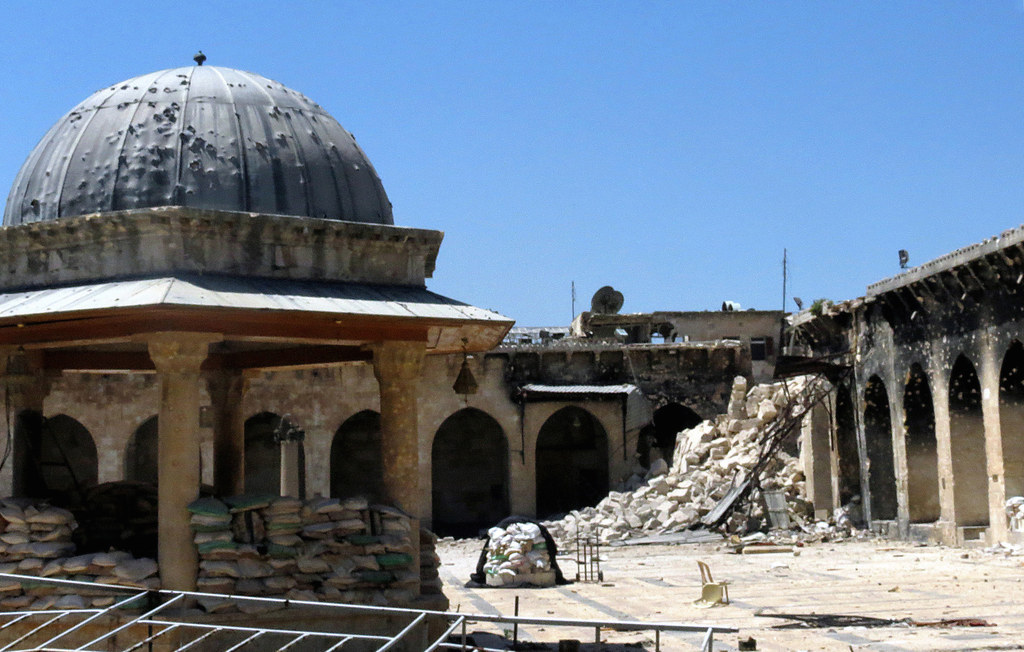Since unrest first broke out in Syria in 2011, fierce fighting has left the country as a shell of its former self.
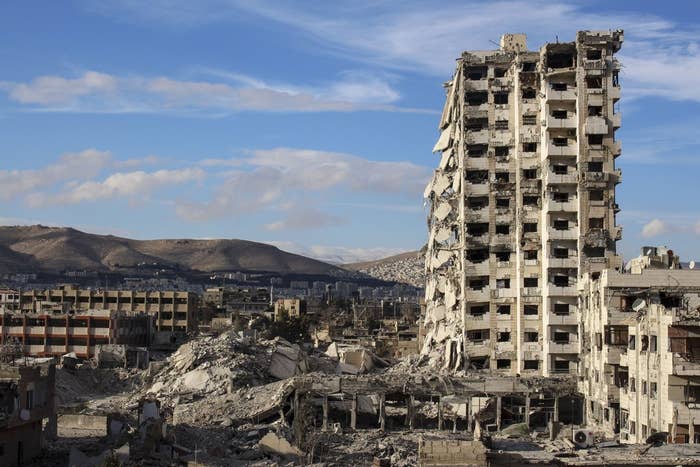
More than 190,000 people have now been killed in the conflict, according to U.N. estimates.
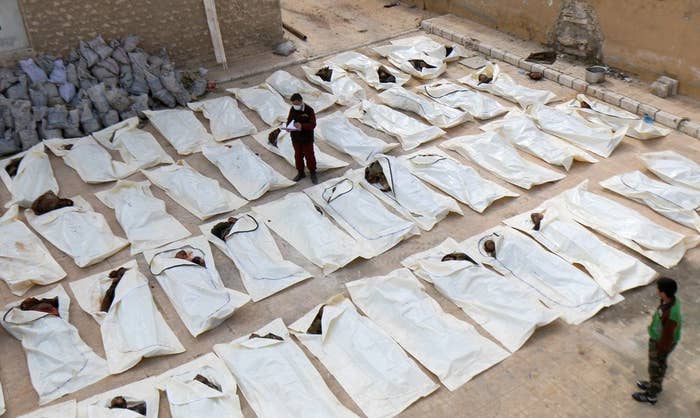
Amid the chaos, groups like ISIS have arisen and made themselves known for their unique brand of barbarism.
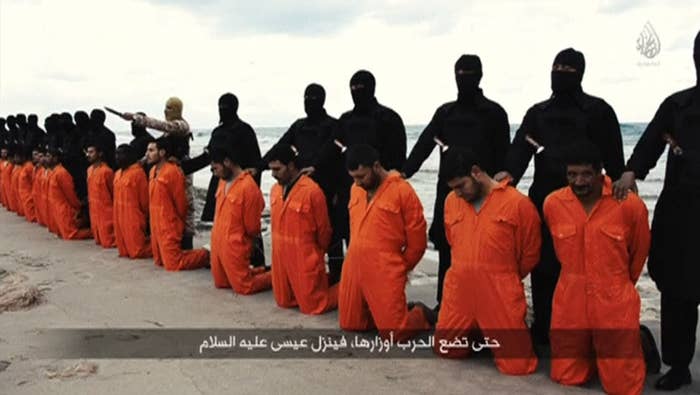
But the fighting in one of the world's longest-inhabited areas has also taken a huge toll on many ancient sites and artifacts.

Here's a look at some of the treasures that have been lost to humankind because of the conflict.
1. Khorsabad
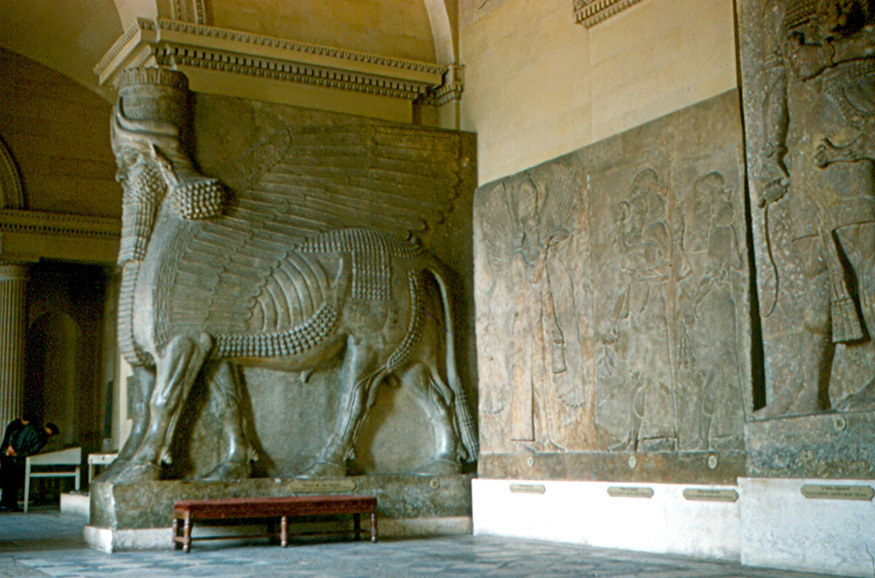
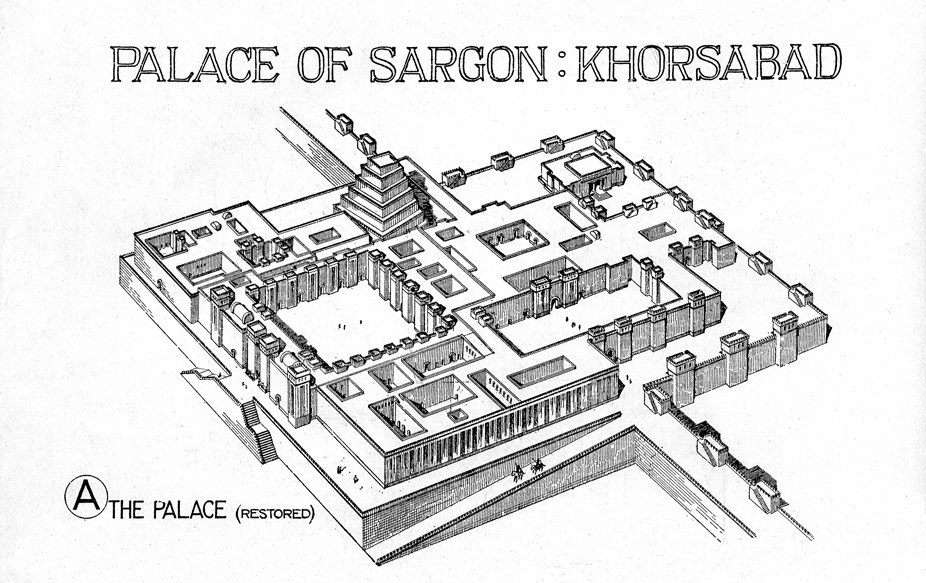
On March 8, 2015, Iraq's Tourism and Antiquities minister said his government was investigating if Khorsabad was the latest town to be targeted for destruction by ISIS militants. A Kurdish official said the militants had already begun destroying the ancient city.
ISIS deems ancient artifacts un-Islamic idolatry and has destroyed several monuments. It is also said to plunder antiquities from such sites in order to sell them on the black market.
"The world should bear the responsibility and put an end to the atrocities of the militants, otherwise I think the terrorist groups will continue with their violent acts," Minister Adel Shishab said.
2. Hatra
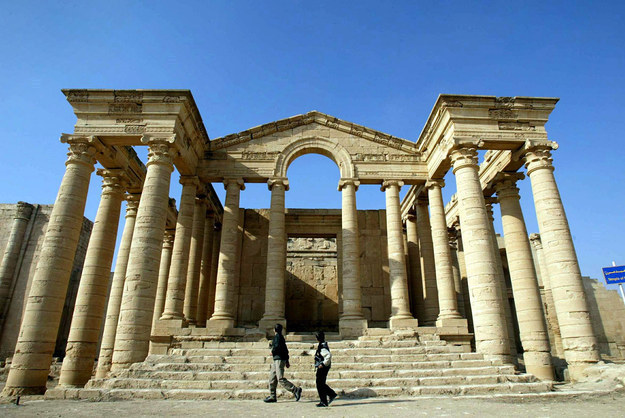

The city finally fell to the Iranian Sassanid Empire of Shapur I around 240 A.D., with legend saying the daughter of Hatra's king assisted in the takeover in order to marry the Persian leader, before ultimately being killed by him herself.
Formerly the "best preserved and most informative example of a Parthian city," Hatra was listed on the UNESCO list of World Heritage Sites.
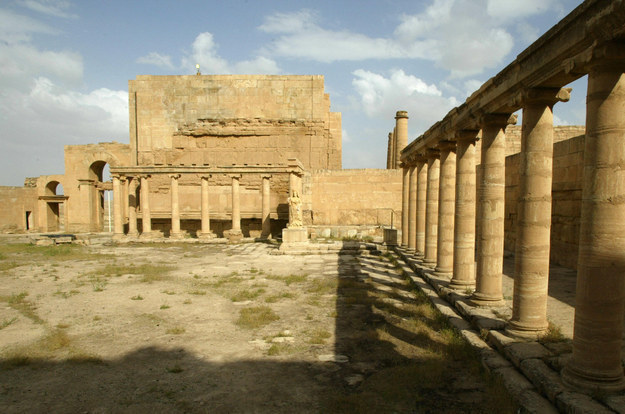
The ruins of the ancient city, which once withstood attacks from the Romans, were destroyed by ISIS militants on March 7, 2015, according to local officials and the United Nations.
"The destruction of Hatra marks a turning point in the appalling strategy of cultural cleansing underway in Iraq," read a statement from the director-general of the U.N.'s cultural body UNESCO, Irina Bokova, and Dr. Abdulaziz Othman Altwaijri, director-general of the Islamic Educational, Scientific and Cultural Organization.
"This is a direct attack against the history of Islamic Arab cities, and it confirms the role of destruction of heritage in the propaganda of extremists groups."
3. Nimrud
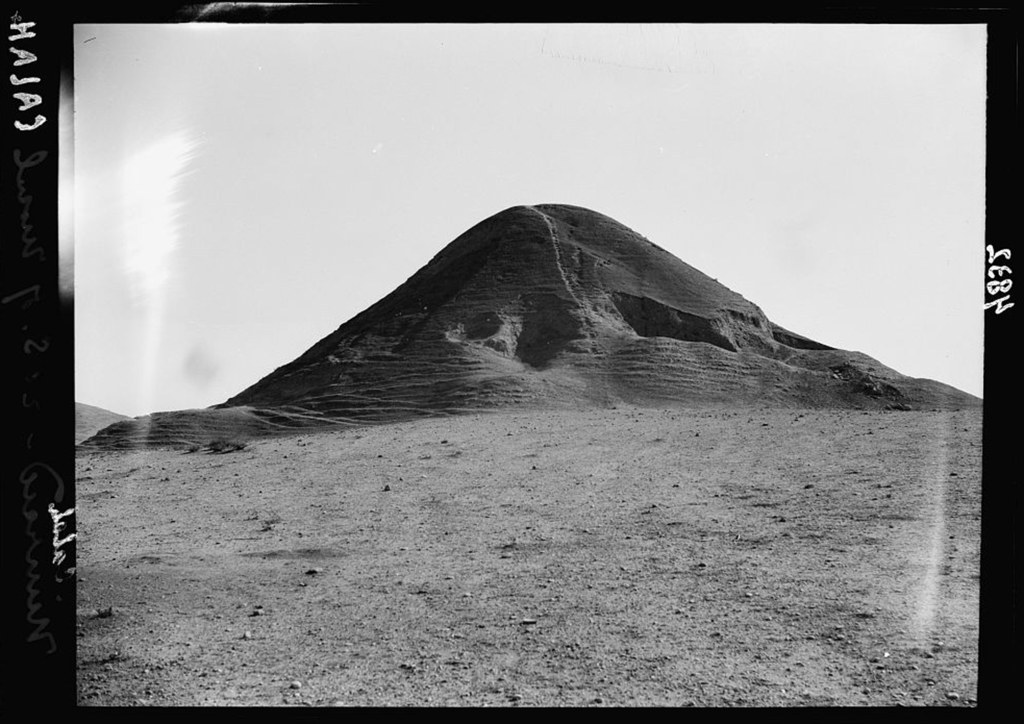

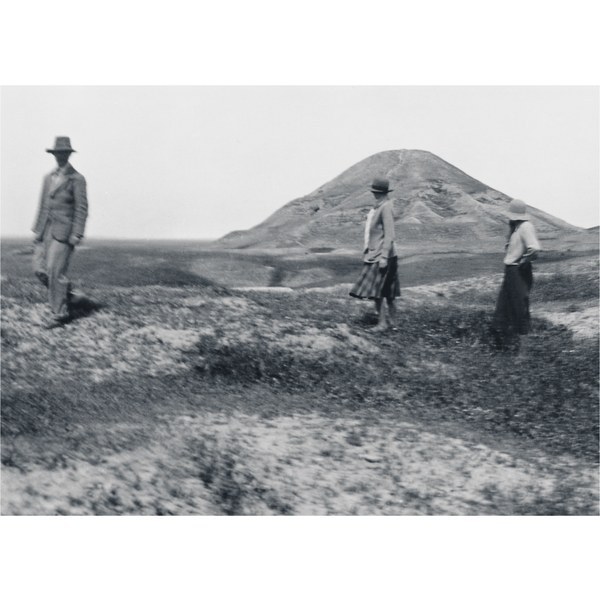
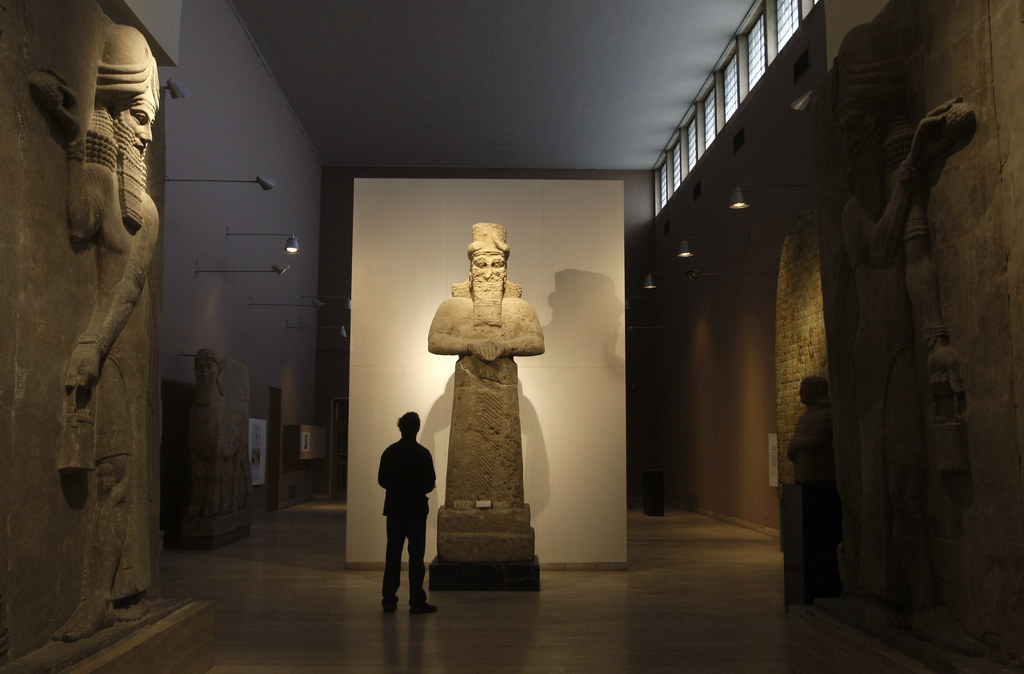
4. Mosul, Its Mosques, Its Museum Antiquities, and Its Books

ISIS released a video on Feb. 26, 2015, showing militants taking sledgehammers to ancient statues in a museum in Mosul, in northern Iraq.
"These ruins behind me are idols and statues that people used to worship in the past instead of Allah," a man in the video says.
"God created us to worship him," he says. "Him only — not some stones."
"Our prophet ordered us to remove all these statues as his followers did when they conquered nations."
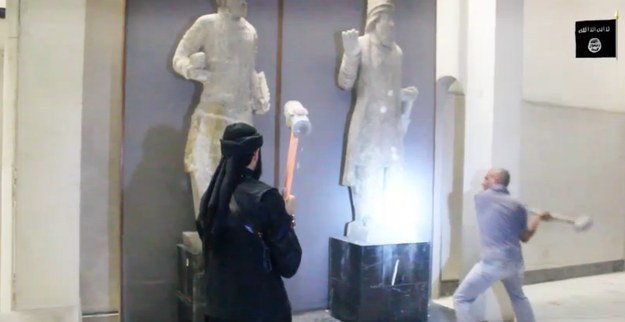
Mosul's museums house relics and treasures from the Assyrian and Akkadian empires.
The city, which is under ISIS control, has nearly 1,800 registered archeological sites, according to the Associated Press.
Earlier in February, UNESCO voiced concern that ISIS militants had ransacked the city's museums, libraries, and universities to burn thousands of books.
UNSECO said the books had been "deliberately burned" in what may be "one of the most devastating acts of destruction of library collections in human history."
Bokova said the book burnings amounted to "an attack on the culture, knowledge and memory" and was evidence of "a fanatical project, targeting both human lives and intellectual creation."

This composite photograph shows the ancient city of Dura Europos, inside what is now southeastern Syria, in June 2012 and April 2014.
The thousands of pockmarks visible in the latter photograph are looter's pits that cover the entire 150-acre site.
"This unique Classical-period site, founded in the 3rd century BC and occupied until the 3rd century AD, demonstrates the diversity of the ancient Middle East," reads a statement on the looting from the U.S Bureau of Educational and Cultural Affairs, an office within the State Department.
"One of the world's earliest churches was discovered here, as was one of the oldest preserved synagogues and numerous temples devoted to polytheistic deities."
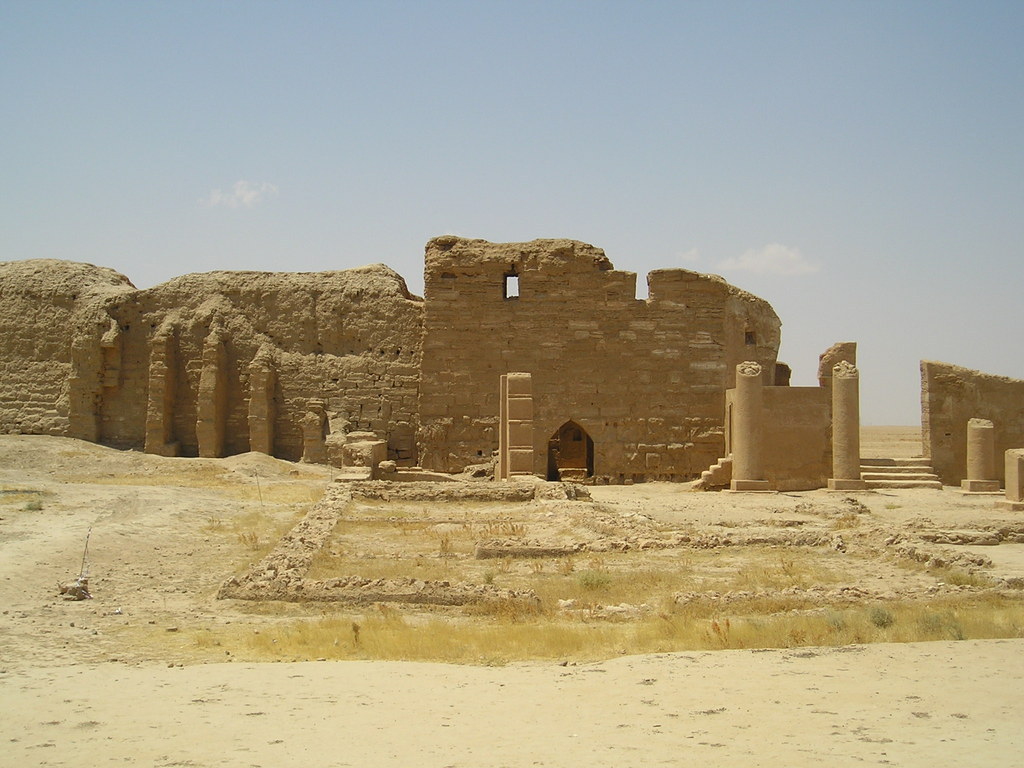

A report from Syria's directorate-general of Antiquities and Museums cited by the The Independent in February 2014 stated that heavy machinery had been used to dig up Dura Europos.
The illegal excavations "led to the destruction of 80% of the site as perpetrators are digging holes that can reach three meters [9.8 feet] in depth."
A 2014 report from the U.N. Institute for Training and Research found an armed gang of around 300 armed non-Syrians was mostly to blame for the looting at the site, less than a third of which had previously been excavated by archeologists.
Wall frescos, tiles, pottery, glass, silver and bronze coins, stone statues, and gold jewelry have all been ransacked from the site, according to the report.
"The looting has caused severe damage to the necropolis and to buildings within the city, thus devastating the site," the report found.
6. Mari
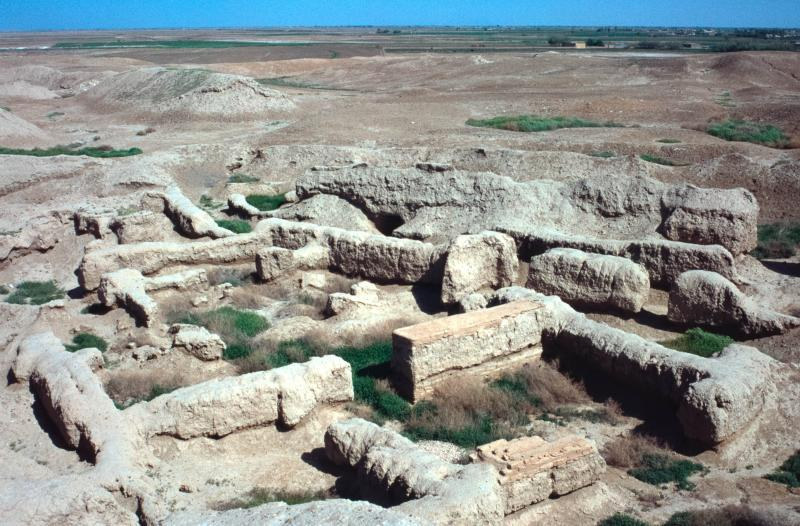

However, the greatest discovery unearthed at Mari were some 25,000 clay tablets written in Akkadian and featuring letters and correspondence relating to Mari's administration, diplomacy, economy, and legal system.
"Altogether the texts have extended the knowledge of Assyrian geography and history and have given a graphic picture of life of the period," reads the Encyclopedia Britannica's section on Mari.
However, the U.S. Bureau of Educational and Cultural Affairs also highlighted extensive looting at the Mari site, visible in these aerial photos from September 2012 and March 2014.
A February 2014 article in The Independent stated that an armed gang of 500 people had taken control of the site.
The looters had primarily focused on "the Royal Palace, the southern gate, the public baths, Temple of Ishtar, the Temple of Dagan, and the temple of the Goddess of Spring," according to a report by Syria's directorate-general of Antiquities and Museums cited by The Independent.
7. Tell Sheikh Hamad
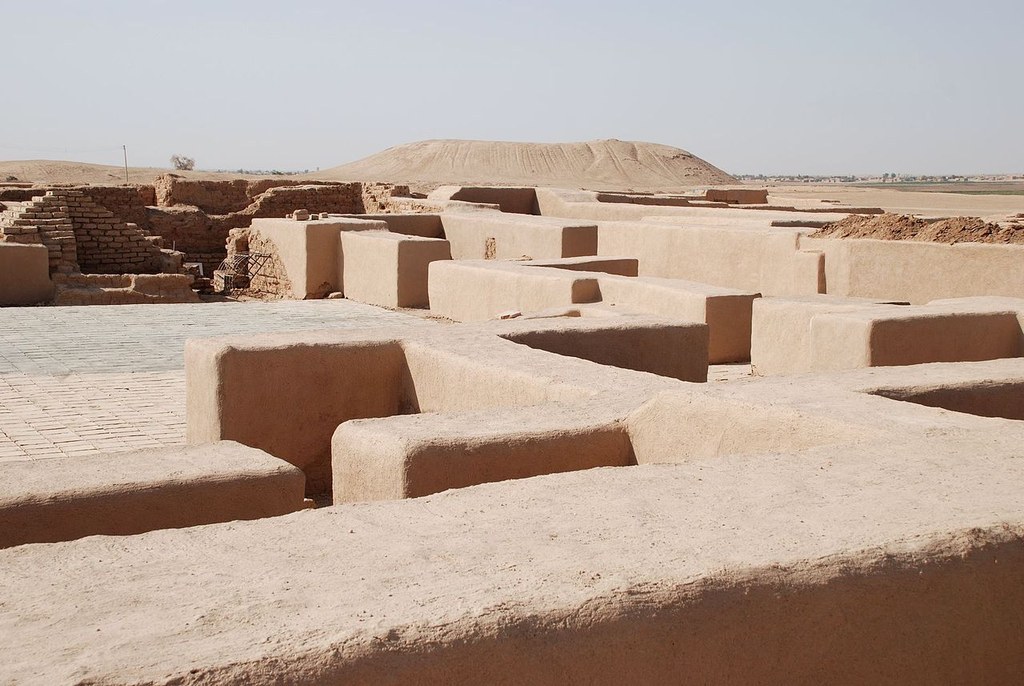
A German team of archeologists from the Free University of Berlin that had been leading excavations at Tell Sheikh Hamad noted the extensive damage to the site as a result of the Syrian civil war.
"We appeal to the warring parties to preserve the rich cultural heritage of Syria and not to use it as a shield or deliberately destroy it," the archaeologists wrote.
8. Crac des Chevaliers
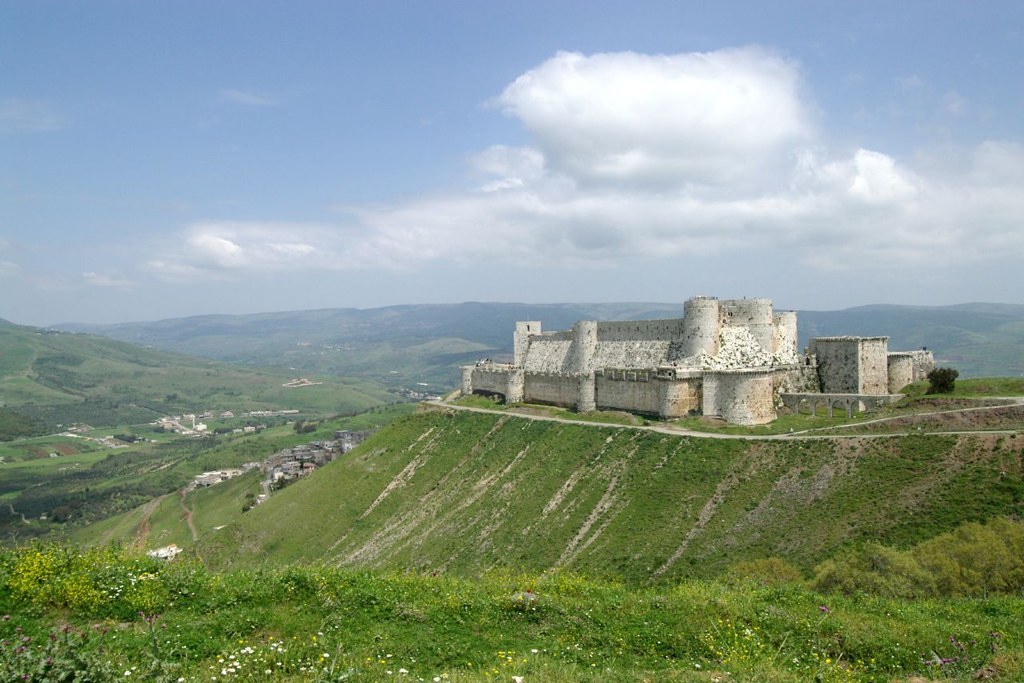
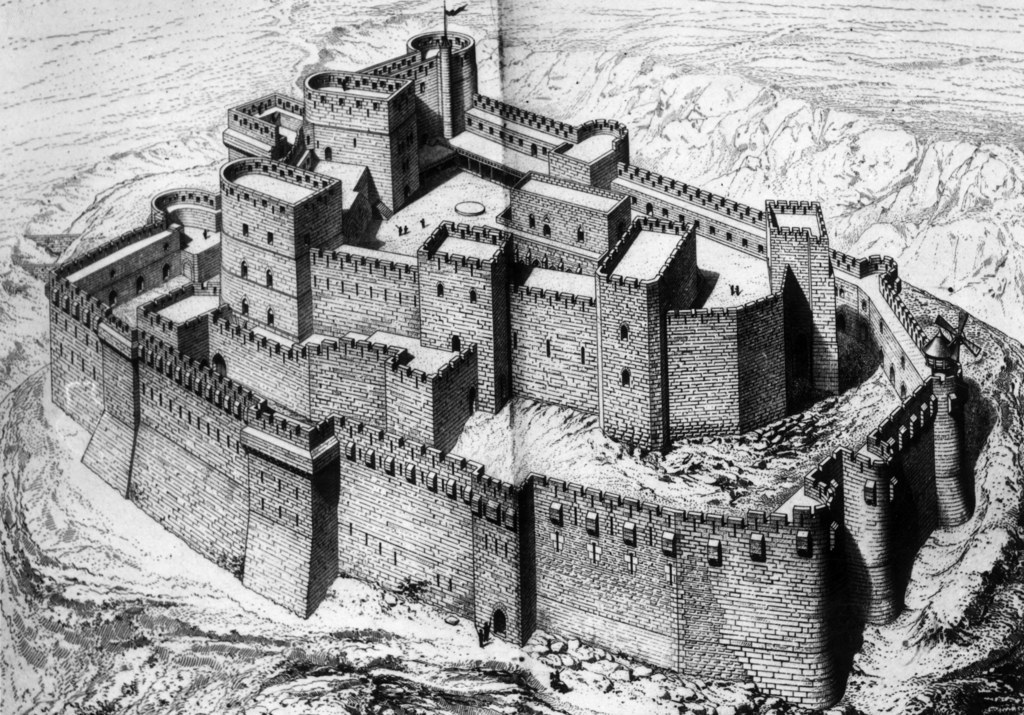
"In the history of architecture, the Crac des Chevaliers is taken as the best preserved example of the castles of the Crusader period, and it is also seen as an archetype of a medieval castle particularly in the context of the military orders," according to UNESCO.
In February 2014, UNESCO decried the use of Crac des Chevaliers for military purposes amid the Syrian civil war, warning such use "raises the risk of imminent and irreversible destruction" to the site.
The next month, fighting between rebels and government forces would take a heavy toll on the Crusader castle.
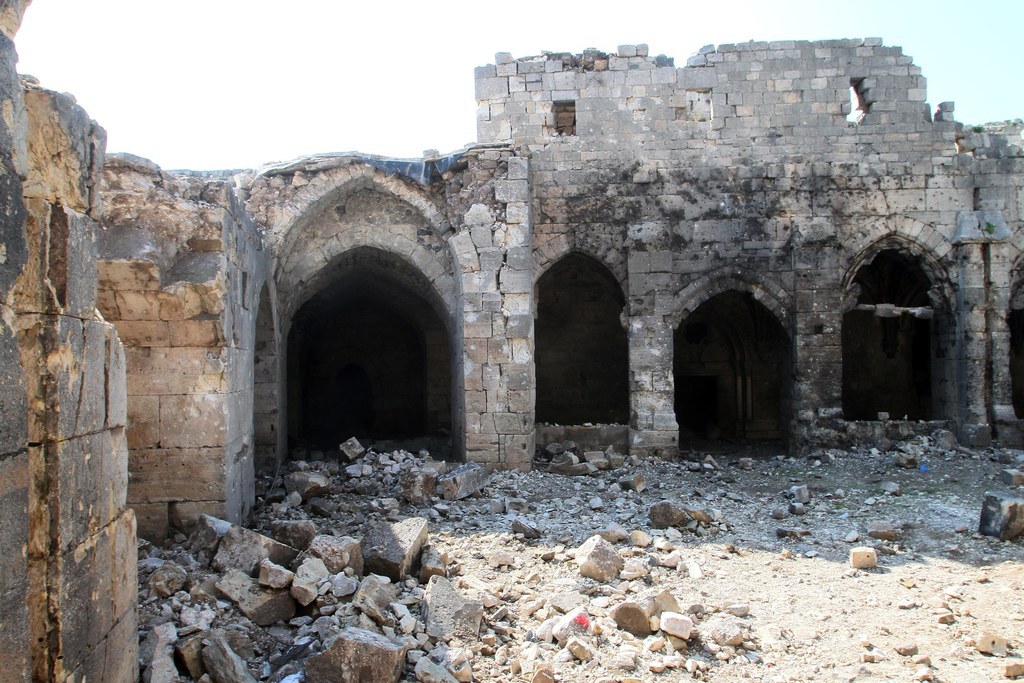

9. The Fortress of Salah Ed-Din
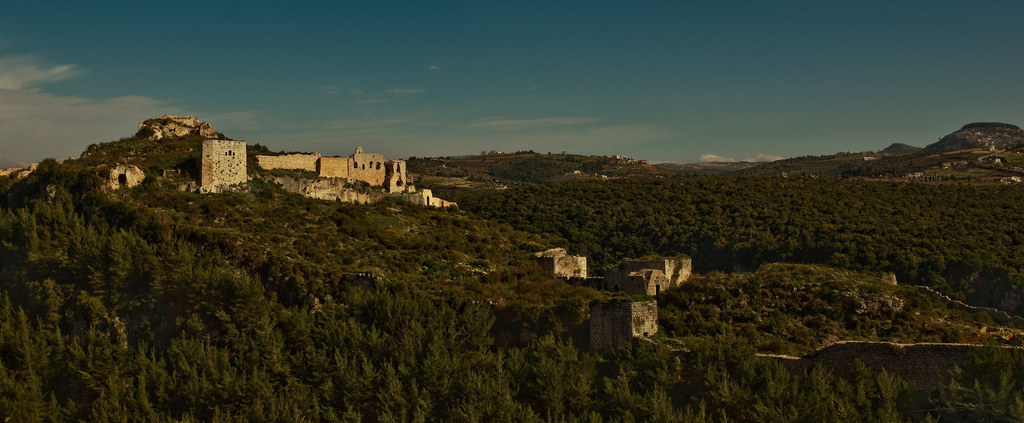


10. Palmyra
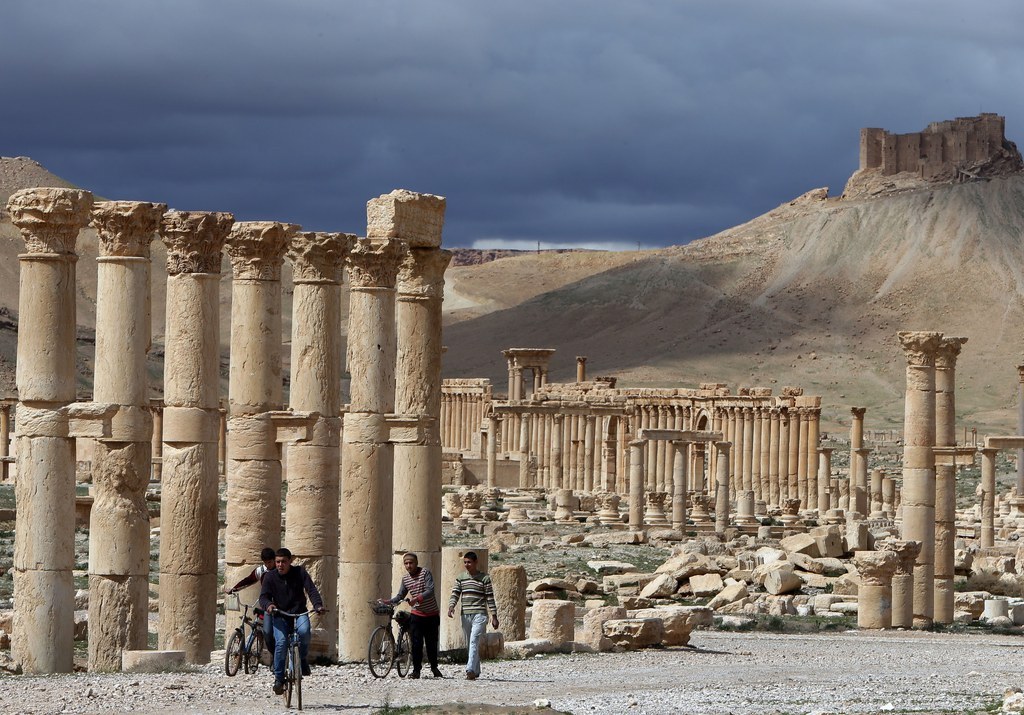
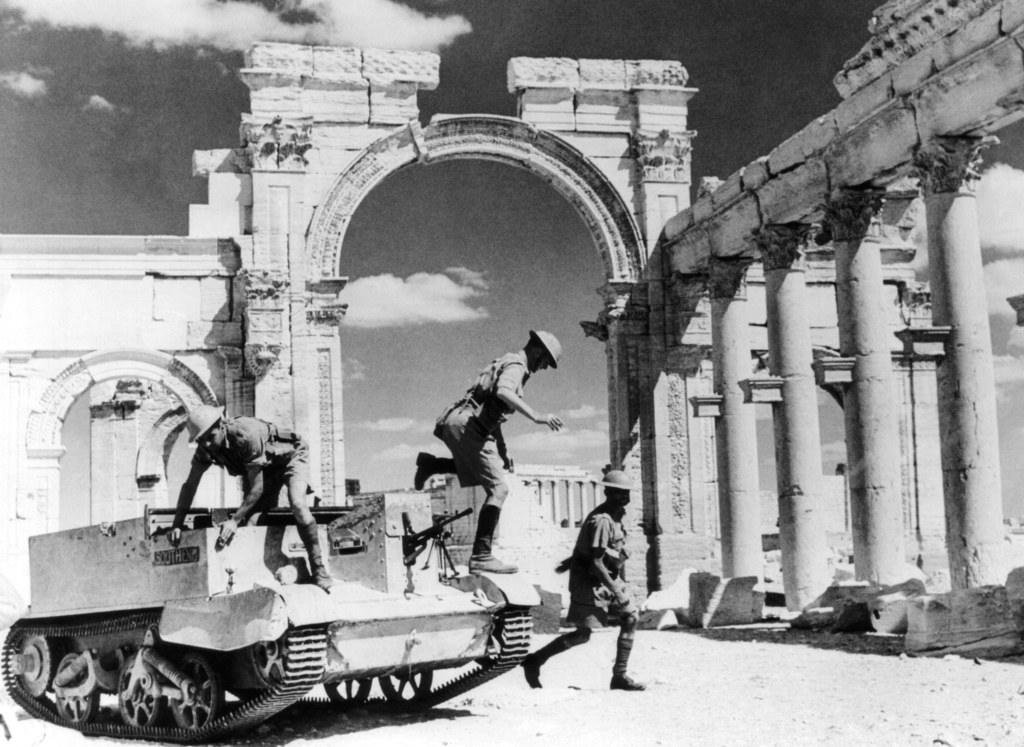

Oxford University's Professor Emma Cunliffe, an archeology expert, told the Australian Broadcasting Corporation in September 2012 the site had been targeted.
"Unfortunately now it's been heavily damaged by looting, from what we understand, but also there's an Islamic citadel on a hill overlooking the Roman ruins, and that's been occupied by soldiers who have been shooting into the ruins to try and catch people," Cunliffe said.
"And there are tanks in place in large parts of the Roman city as well, so from what we can understand it's been quite badly damaged. And there are videos available on the internet now of statues and reliefs that have clearly been hacked off parts of the city."
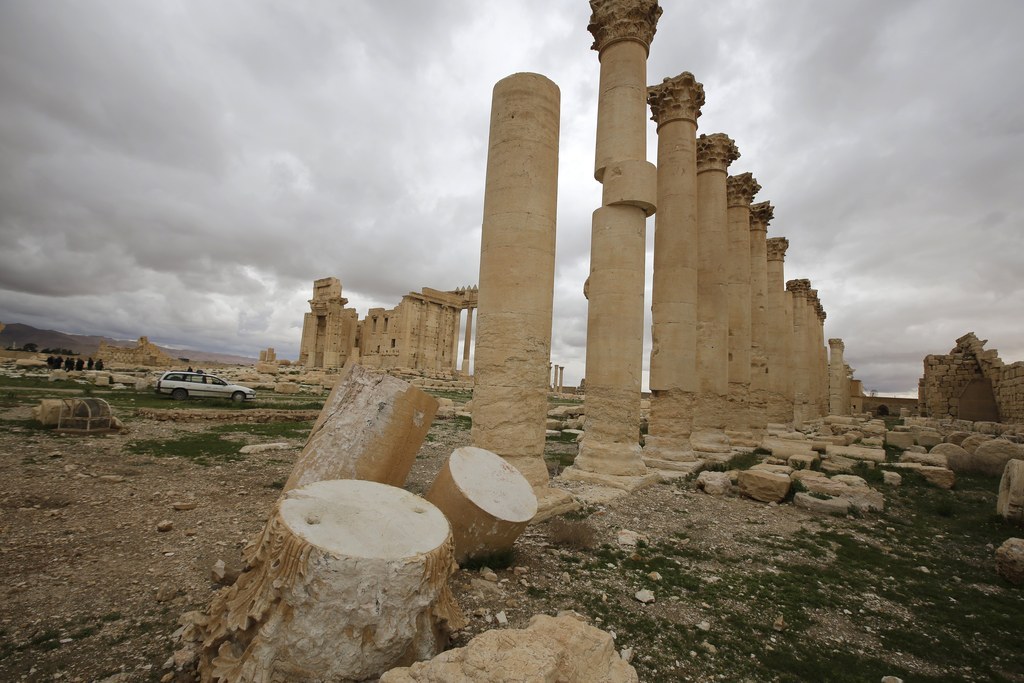
In April 2014, a New York Times report from Palmyra noted columns that had collapsed, as well as damage from shelling and bullets.
"A mortar shell left a telltale splash mark on the stone, without budging a structure that has stood for 2,000 years," according to the Times.
The report noted a boom in looting and grave-robbing at the site, but conceded that "compared with the wholesale destruction that was feared, the damage, for now, is minimal."

11. Bosra
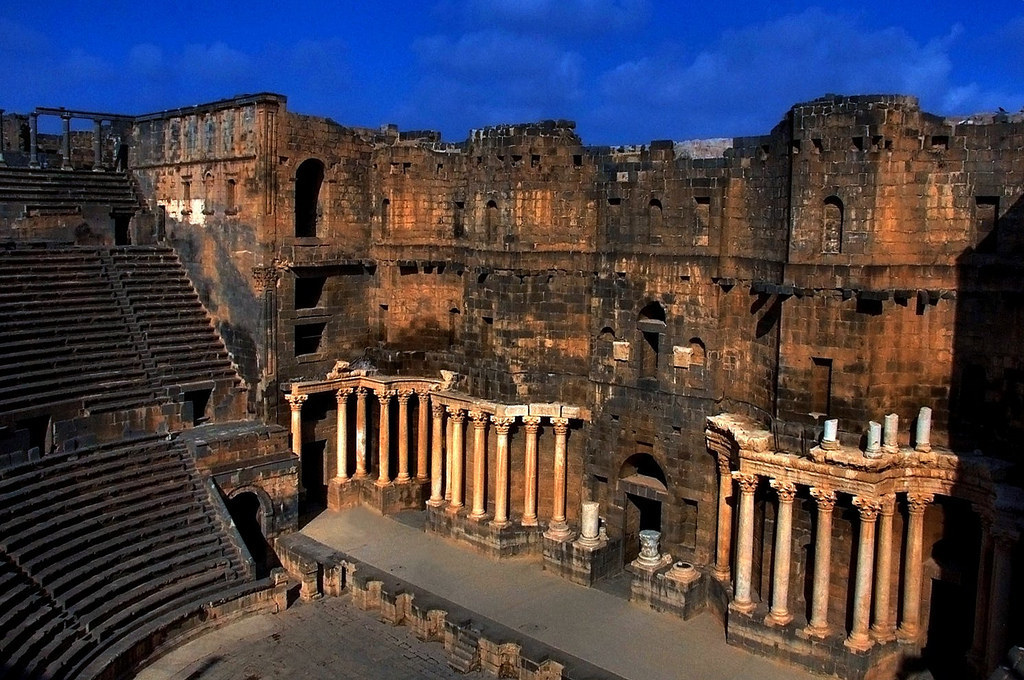
The former capital of the Roman Empire's Arabia province, Bosra now sits in southern Syria, near the Lebanese border.
"Bosra survived about 2,500 years inhabited and almost intact. The Nabataeans, Romans, Byzantines and Umayyad all left traces in the city, which is an open museum associated with significant episodes in the history of ideas and beliefs," according to UNESCO, which lists it as a World Heritage Site.
Bosra, which has been occupied since the 14th century B.C., still contains a number of important remains, including one of the oldest surviving mosques and a huge Roman amphitheater, pictured above, which is surrounded by a citadel.
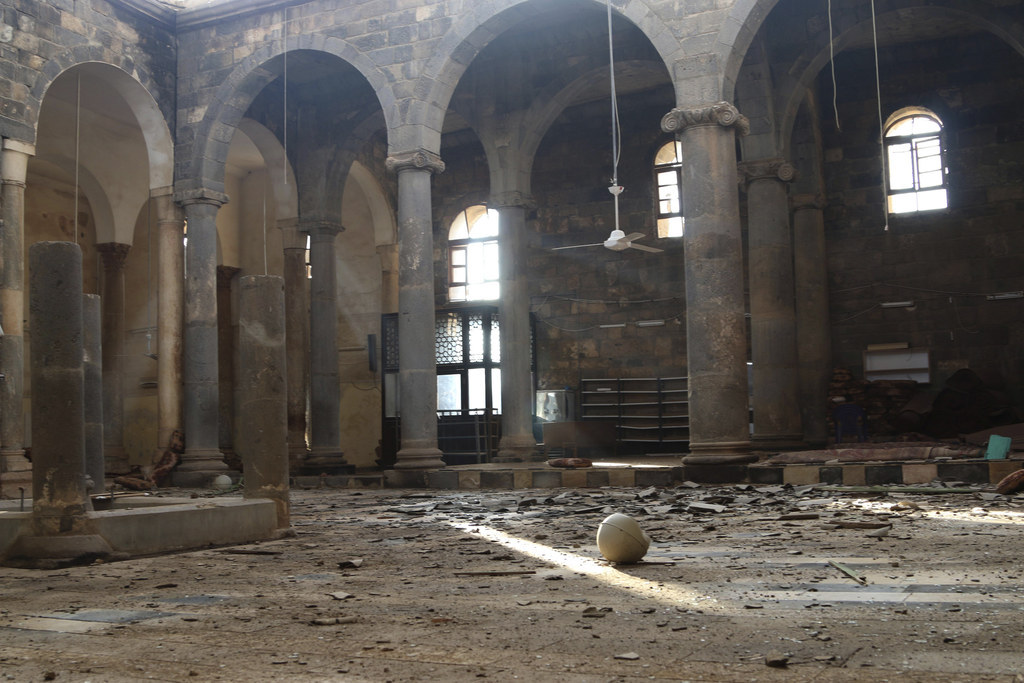
12. Ebla

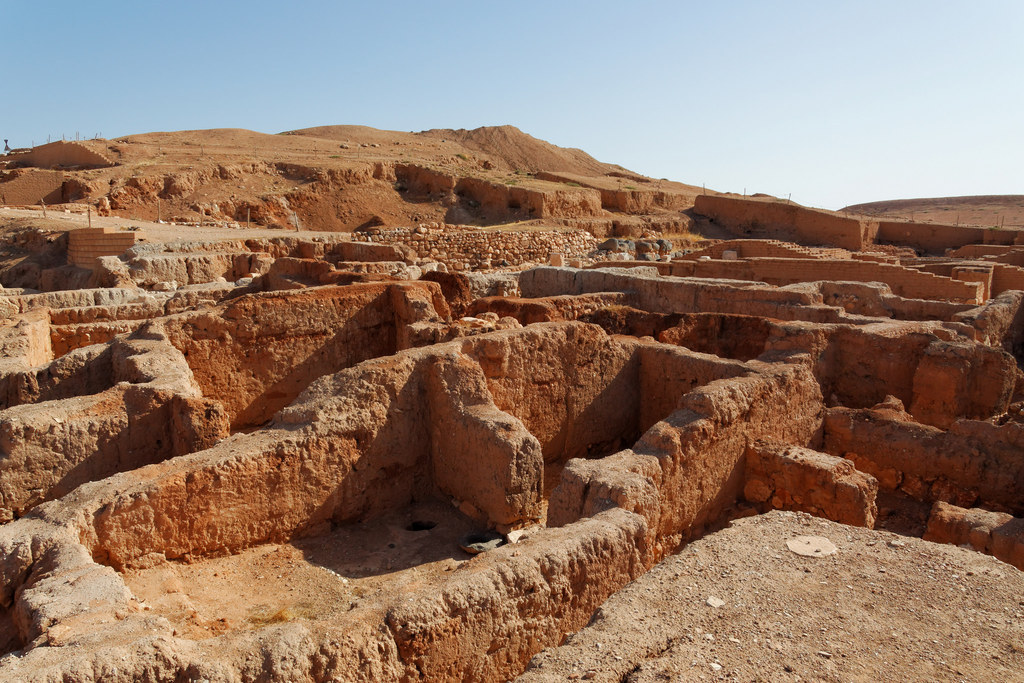
13. Aleppo
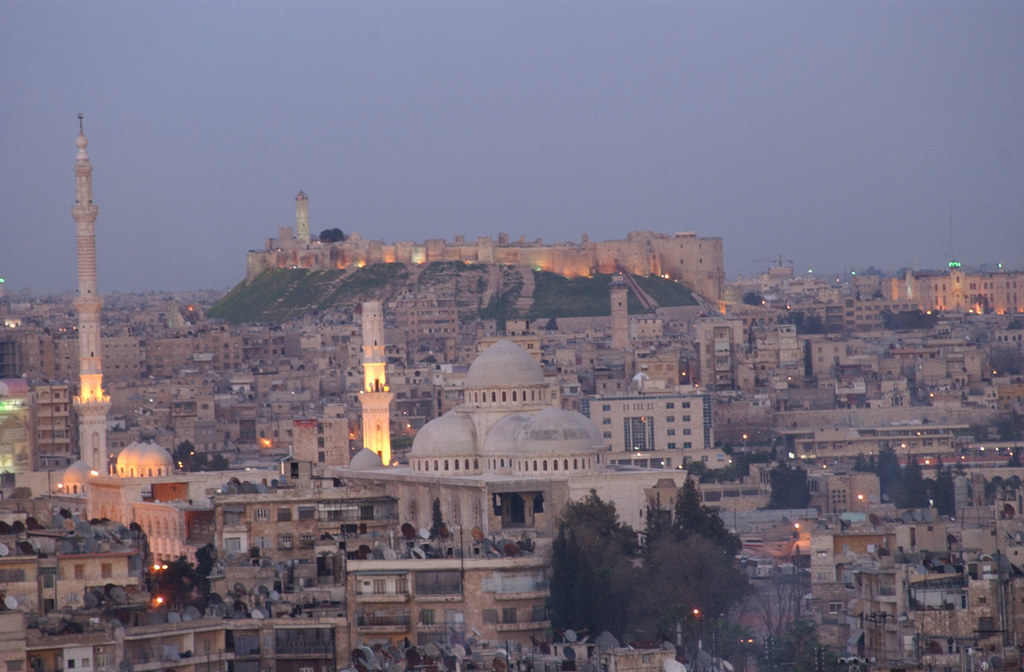
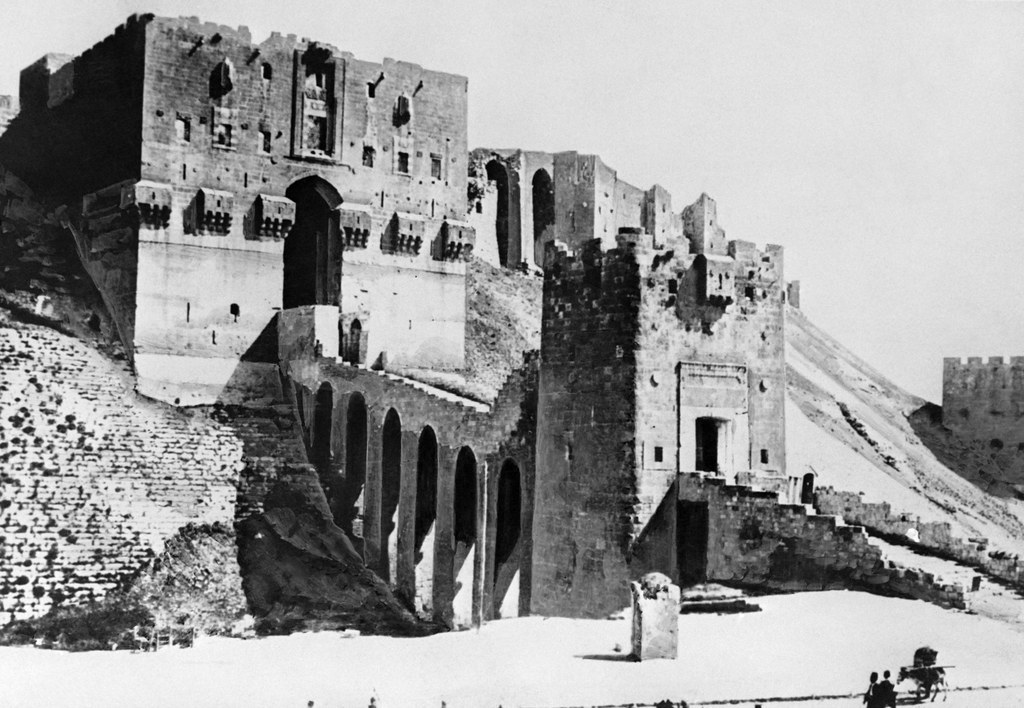
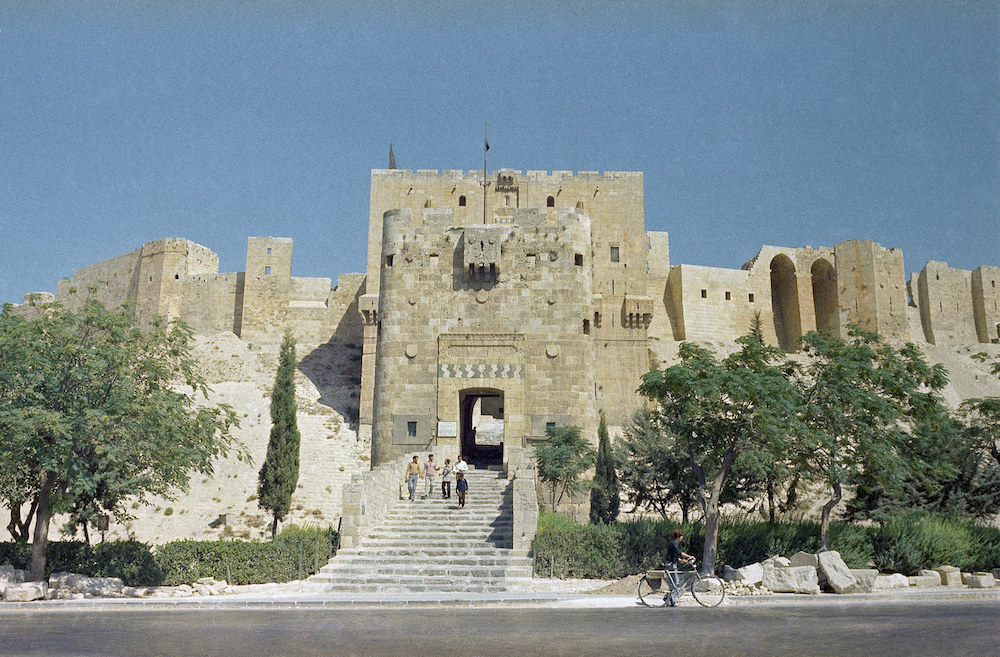
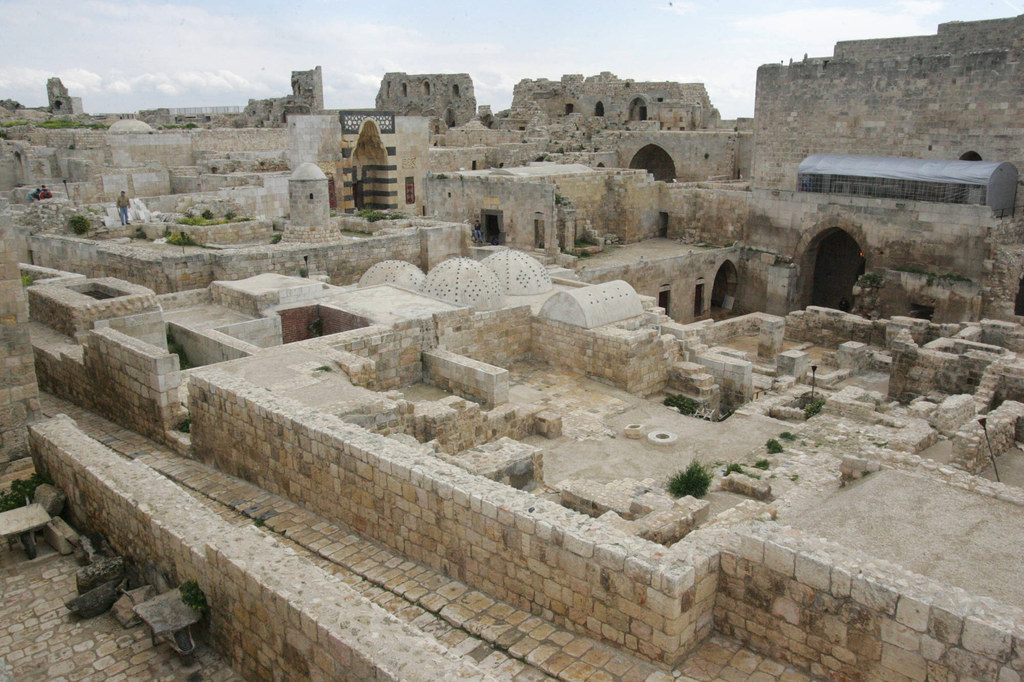
Decades before the current unrest broke out in Syria, sectarian tensions were evident in the city.
In 1979, militants who opposed the majority Alawite government of President Hafez al-Assad killed around 50 military cadets, prompting the government to deploy a large number of troops to the city. Hundreds were killed in the ensuing crackdown.
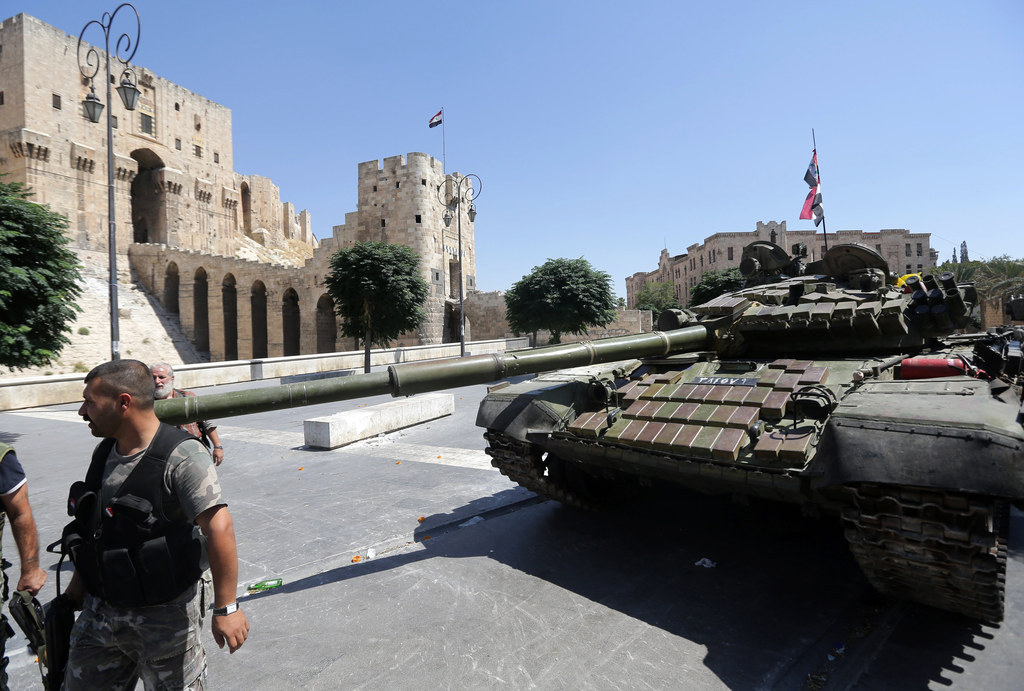
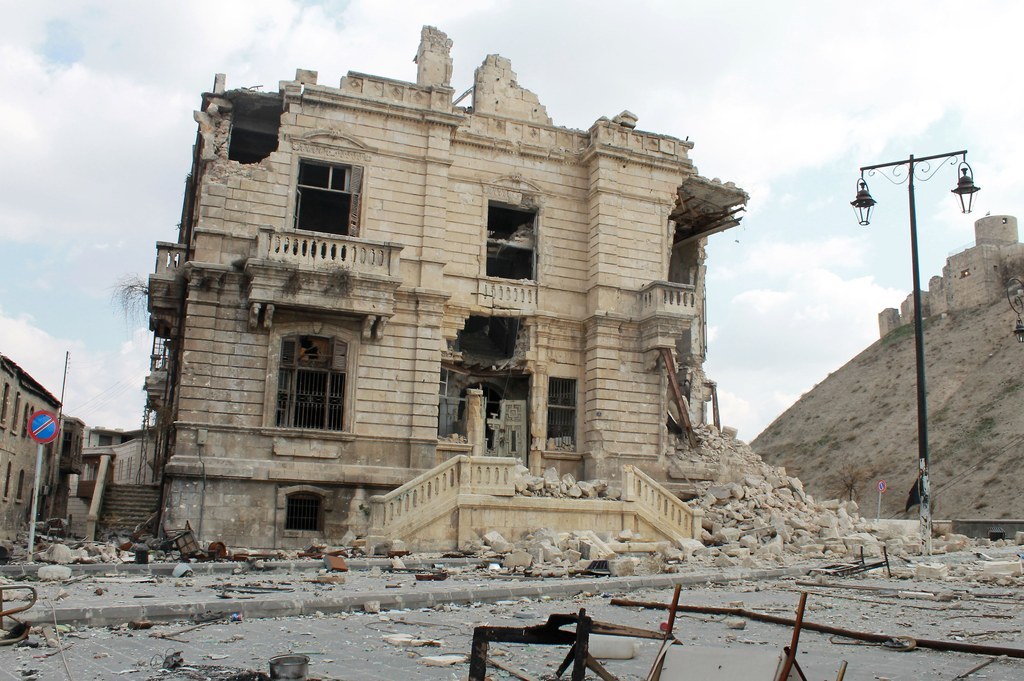
"It is not too late to take action," UNESCO's Irina Bokova said.
It followed comments from Bokova in October 2012 on the fierce fighting in Aleppo, which she said had damaged several sites: "We saw damages to the Citadel in July and the souqs ten days ago, and the Umayyad Mosque, heart of the religious life of the city, one of the most beautiful mosques in the Muslim world, is being severely endangered – the extent of which we do not know yet."
However, the Heritage for Peace organization, which documents destruction in Syria, notes that "large swathes" of the city are now gone:
"Parts of the historic souk were engulfed in a fire in 2012, the ancient citadel is pocked by shellfire, and the great Umayyad Mosque, considered one of the holiest places of Islam, has been extensively damaged in the fighting. Part of the outer wall was destroyed as combatants blasted a hole to gain entry, the inner walls are pocked by gunfire, at least one of the galleries and the library — home to thousands of rare ancient manuscripts — are burned and gone, and in April 2013 the ancient minaret was destroyed."
The photos below — from April 16, 2013, and April 24, 2013 — show the destruction of the mosque's minaret.
In 2014, U.N. researchers using satellite imagery found some 22 sites in the city had been destroyed, 48 had suffered severe damage, 33 had moderate damage, and 32 had possibly been damaged.
The citadel itself had visible structural damage to its stone cladding and walls.
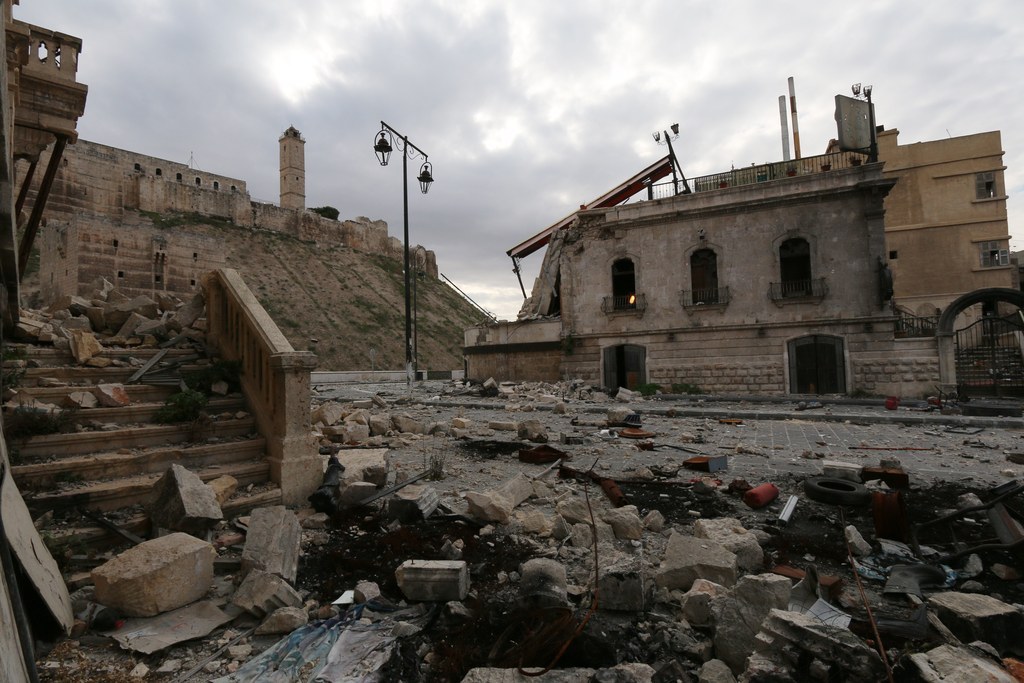
Writing for The Guardian of his quest to determine the oldest continuously inhabited city in the world, Compton awarded the title to Aleppo in large part because of the threat it now faces and the fact that much of the work to preserve the ancient city "has gone up in smoke."
"It may be impossible to say with any certainty what is the world's oldest city," Compton wrote, "but for now it seems only right to give it to Aleppo, the oldest city currently being fought for and sacked, as all these cities have from the beginning."








